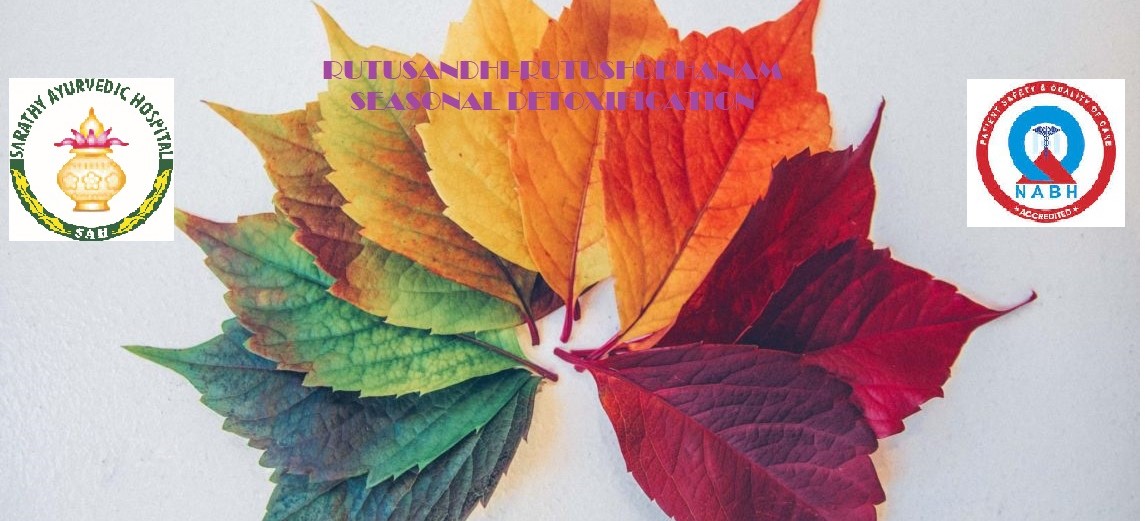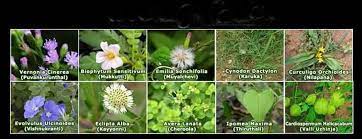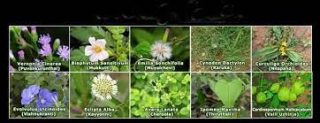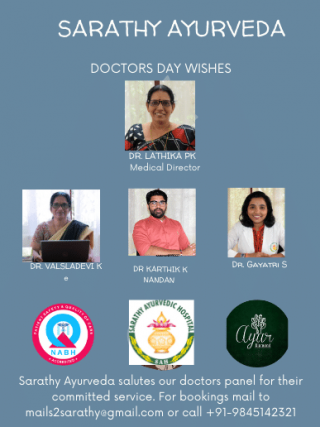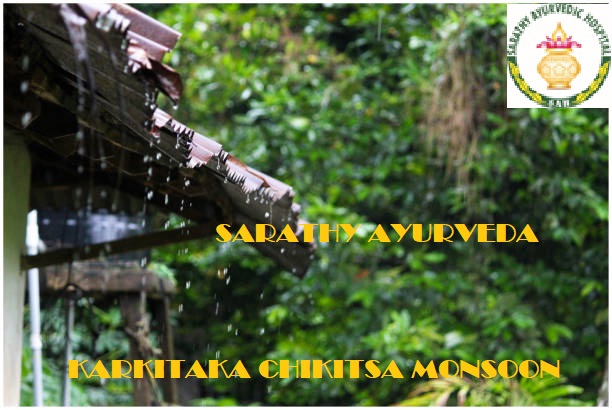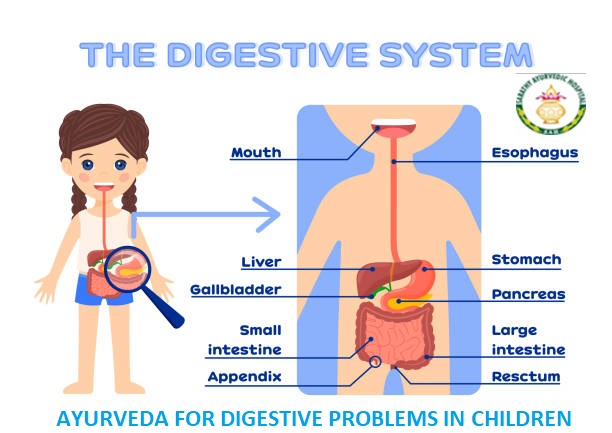
What is the meaning of Rutu with respect to Ayurveda?
Rutu means season. The cyclical climate changes that happen in a year are classified into seasons and named as Rutu in Ayurveda. Classic textbooks start the Rutu cycle based on the Winter and Summer solstices or Dakshinayana and Uttarayana. Uttarayana comprises 3 Rutus or seasons Shishira-Winter (Mid-January-Mid March), Vasantha-Spring (Mid-March- Mid May), and Greeshma-Summer (Mid-May-Mid July). Dakshinayana comprises 3 seasons Varsha-Rainy season (Mid-July-Mid-September), Sharat-Autumn (Mid-September-Mid-November), and Hemantha-Fall (Mid-November-Mid January). This classification is based on the temperate climatic zone above the Tropic of Cancer. The tropical climate basically has only three seasons, 4 month-long Vasantha-Greeshma- Summer (February-May), 5 months-long Varsha-Sharat-Monsoon Rains (June-October), and a short 3-month-long Hemantha-Moderate Winter (November-January)
What is Rutucharya?
Rutuacharya means seasonal regimen which involves lifestyle and diet adaptations to suit the seasonal climatic changes a person and community has to make so as to stay healthy and safe. Charya means disciplined routine or practice
What is Rutu Sandhi?
Rutu Sandhi is the transition period when the climate of the existing season weans and the features of the upcoming season slowly gain momentum. The two weeks, the last week of the previous season and the first week of the ensuing season is called Rutusandhi. This is the buffer period when individuals and communities have to slowly reduce the lifestyle changes of the existing season and start practicing the changes required for the coming season in their diet and lifestyle
What is Rutu Shodhana? What is the importance of Rutushodhana?
Rutushodhana is the observance of the apt Panchakarma procedure to prevent disease precipitated by the seasonal changes and promote health. Rutu shodhana is the detoxification to be followed in order to prevent the disease and as a healthy lifestyle practice. The process helps to manage the seasonal pathological changes that have happened in the body so that they do not escalate to a full-blown disease condition. For example, after a winter, if the sinuses are decongested, an episode of sinusitis can be prevented in summer. Rutucharya, in Ayurveda terms is a way of life to achieve the state of health which is dosha balance by following Ayurveda health principles and guidelines
Who should do Rutushodhana?
All people, irrespective of whether they are patients or healthy persons should follow Rutushodhana according to the seasons of the place they are living. Rutushodhana should always be done as per the prescription of a competent Ayurveda doctor, as prescriptions are always personalized based on health condition and season of the place
How many Rutusandhis are to be observed? What Rutusodhana has to be followed in each?
Sharat-Hemanta Rutusandhi: Abhyanga-warm oil application on the body, Murdhnitaila-head oil application, Avagahasweda-steam and sitz bath, Vimardhana-systematised pressure massage, Utsadana-herbal powder massage, Anjana-medicated eyeliner, and some other special procedures are advised as part of Rutushodhana in this Rutusandhi srotas. These procedures help to reduce the health issues that can affect during the following winter as well as remove the stress and strain of the past days
Hemanta-Shishira Rutusandhi: Abhyanga and Swedana should be regularly followed along with the procedures advised for Sharat-Hemanta Rutusandhi
Shirisha-Vasantha Rutusandhi: Vamana-induced emesis, Nasya-nasal drops, Niroohavasti-medicated decoction enema, Kavalagraham-medicated herbal gargling, Utsaadanam-herbal powder massage, Vyayama-exercise, Anjana-medicated eyeliner, and Teekshnadhooma-medicated fume inhalation are the Panchakarma procedures advised. Hot water is advised for all purposes.
Vasantha-Greeshma Rutusandhi: Soothing and calming Panchakarma therapies like Thiktaksheeradhara-bitter medicated milk irrigation and other procedures. Since this is a sensitive Rutusandhi, a customized Panchakarma process is advised
Greeshma-Varsha Rutusandhi: Preparatory purification including Poorvakarma,-preparatory procedures followed by Virechana-medicated induced purgation, and Asthapanavasthi-medicated oil/ghee/meat soup/animal fat enema are the Panchakarma procedures advised during the Rutusandhi
Varsha-Sharat Rutusandhi: Thiktaghrita Snehapana-systematic ingestion of bitter medicated fat, Sheetha Kashaya Virechana-induced controlled purgation with specific cold potency bitter drugs, and Raktamokshana-controlled bloodletting. properly should proceed thus; in the first place to consider the seasons of the year and what effect each of them produces.”
What are the benefits of Rutushodhana? Which diseases are prevented?
Different types of communicable, infectious, and non-infectious fevers, metabolic disorders, blood disorders, skin diseases, allergies, renal calculi, gall stones, arthritic diseases, and digestive disorders are a few diseases that can be prevented or mitigated with Rutushodhana Panchakarma. Apart from disease prevention Rutushodhana helps in detoxification, vitalization, and rejuvenation of the person as well as negating the health issues arising out of the day-to-day activities of life. Rutusandhi also is very potential in ensuring the sexual and reproductive health of the person. For proper Rutushodhana, the person should know the importance and has to seek professional care from a competent authority on Ayurveda
For more details and queries on Rutusanhi according to your place, Rutushodhana and its benefits and to have free counseling on Rutushodhana Panchakarma please feel free to
- Talk to Sarathy Ayurvedic Hospital panel doctors
- Mail us at mails2sarathy@gmail.com
- WhatsApp us on +91-9895142321
- Call us on +91-9895142321
- Do visit our social media pages Sarathy Ayurvedic Hospital on Facebook, Instagram, Twitter, and LinkedIn
SARATHY AYURVEDIC HOSPITAL DOCTORS PANEL
- Dr. Lathika PK-Specialist in Panchakarma, Stroke Rehabilitation and Ayurveda Cancer Care
- Dr. Valsaladevi K-Specialist in Panchakarma, Child Health, Ayurveda Diet, and Yoga Therapy
- Dr. Karthik K Nandan-Specialist in Conventional Orthopaedics, Marma and Varicose Veins
- Dr. Gayatri S-Specialist in Women Health, Cosmetology, and Fertility
- Dr. Ariya VS Resident Medical Officer



